N.C.HILLS DISTRICT(My home)
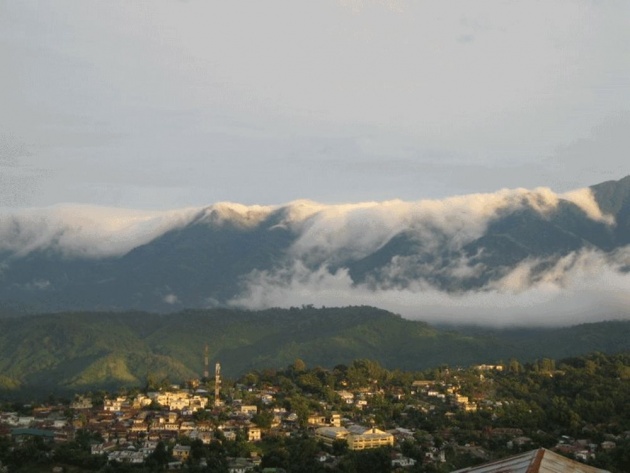
Adoringly described by the visitors as 'Switzerland of the East', the Dima Hasao District( formerly)North Cachar Hills is a district garlanded by hills. This dreamland of north-east is an unending saga of undulating hills and valleys, gently flowing streams and waterfalls, where the very breeze that wafts across the paddy fields and the bamboo forests is redolent with the fragrance of the land in which man and animal live in perfect harmony with nature.
Anyone who happens to make a trip across the tiny picturesque district of Dima Hasao through the cliffs and curvatures, raptilic paths, rails with innumerable dark tunnels, is bound to feel the thrills of quiet and serene beauty that pervades all around. The changing panorama of a misty heaths and vast expanse of deep green valleys instantly capture the imagination and extends a hearty, welcome to the nature’s bosom. Whistling currents of wind bouncing on the fog-whisper, as if `the hills are calling`. It keeps on casting a captivating spell as it gradually begins to unfold its exquisite charm. Such is the lure of the hills.
The Tribes of N.C.Hills:-
THE DIMASA KACHARIS:-
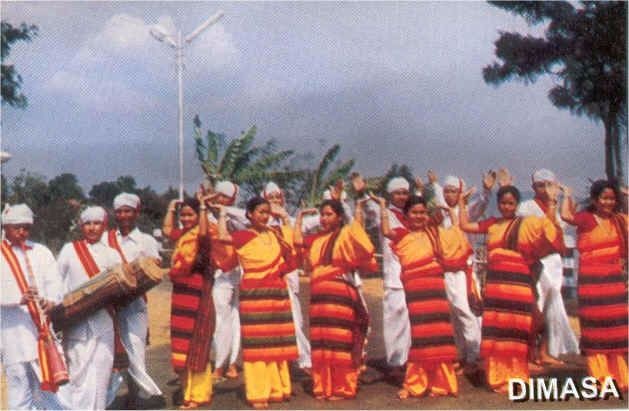
THE JEME NAGA:-
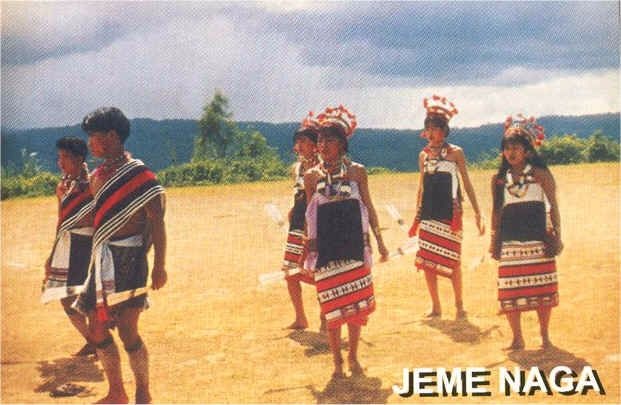
THE HMAR:-
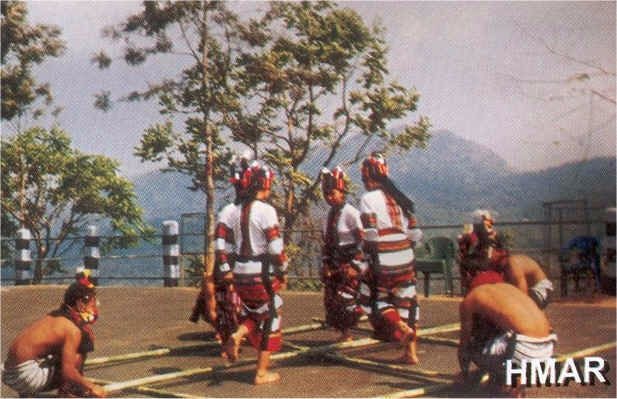
THE KUKIS:-
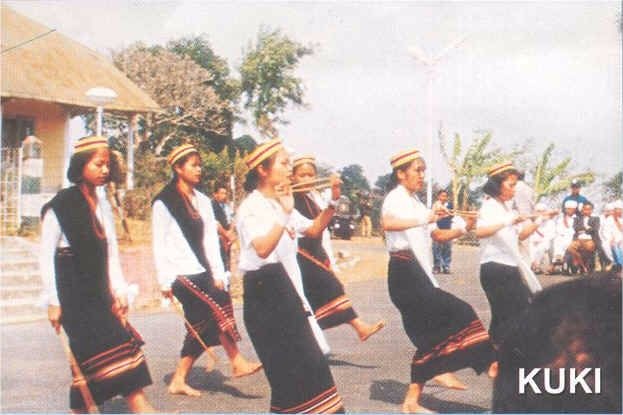
THE BAITES:-
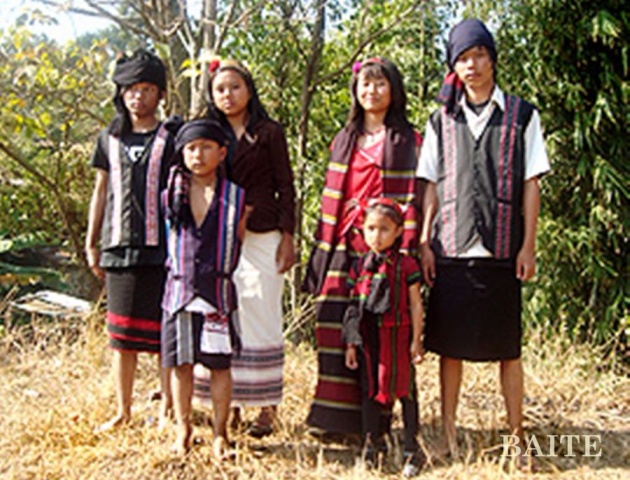
THE HRANGKHOLS:-
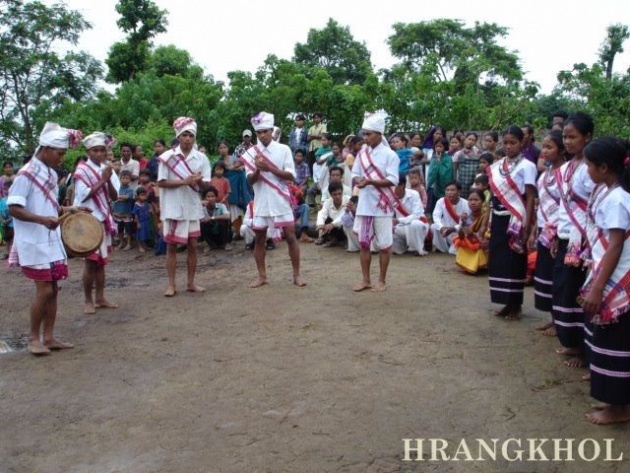
THE JAINTIAS:-
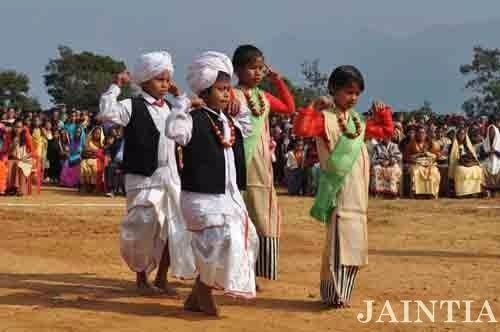
THE KHELMAS:-
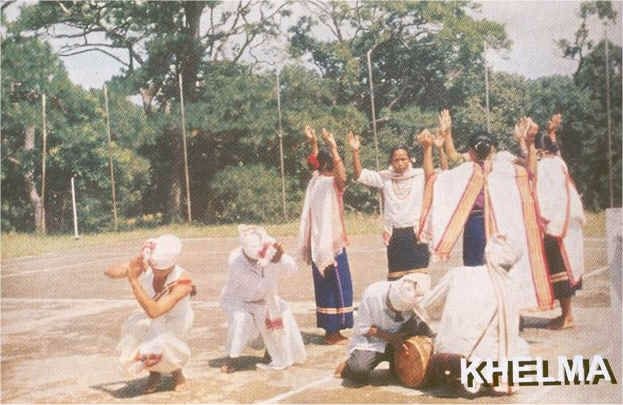
THE MIZOS:-
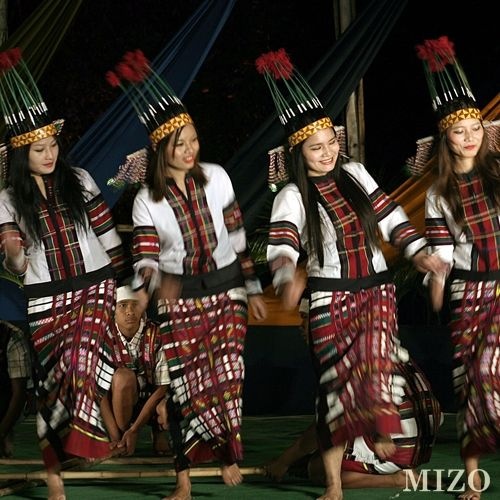
THE VAIPHES:-
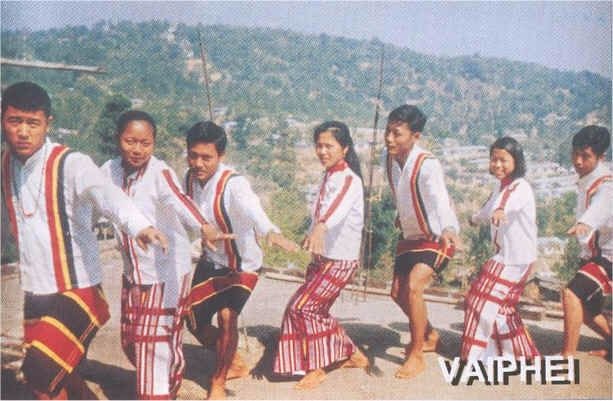
LANGUAGE:-
Major languages spoken in the district are the Dimasa, Assamese, Hmar, Zeme, Hrangkhol, Kuki, Biate Biate language], Khelma, and few languages of Indo-Aryan like Haflong Hindi (a speech form of Hindi), Nepali ,Bengali and English. Haflong Hindi is the lingua franca in the Dima Hasao.
JATINGA:-
As fog comes on a moonless night…
When the wind blows in direction right…..
Jatinga turns into an island of search light,
& birds appear like ghosts from nowhere.
Jatinga, famous for the phenomenon of birds “committing suicide”, is located on a spur of the Haflong ridge, the head quarter of the district. It itself is an offshoot of the main ridge of the Borail range. It is centrally located at the junction of the roads leading to Haflong, Lumding and Silchar. Here the mist & fog lie like a veil around the beautiful face of the damsel from September to November. During these late monsoon months, mysterious behaviour of birds takes place. However, some other conditions are also necessary for the phenomenon to occur. The air must be foggy, cloudy or misty. If there is slight rain, it would be even better. The wind must be from south to north. It should be moonless dark nights. And the best time is between 7 p.m. and 10 p.m.
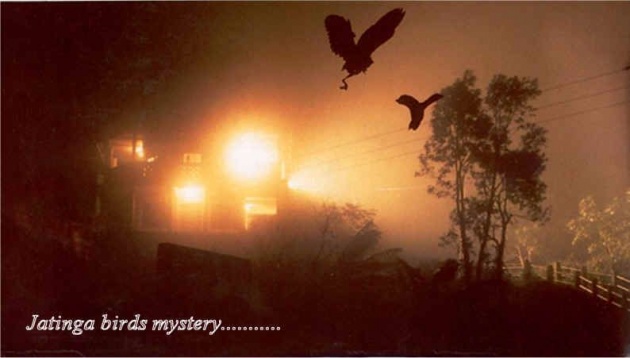
Curiously, most of the doomed birds do not attempt to fly away after they land near the lights. They look dazed and disheveled, perhaps due to the trauma of the whole shocking experience. Such birds fall easy prey to the villagers. Some of the birds hovering around the light sources are brought down by a vigorous swing of the bamboo poles. Catapults are also used to bring down the birds in flight as well as those perching on the trees and bushes near the light sources. However, contrary to the popular belief, birds do not commit suicide. Under circumstances not yet fully explained, these birds get caught in the fog and wind, get disoriented and seek solace of the light sources put out by the villagers. They hit against trees or other objects and get injured in their flight towards the light source. The villagers hit the hovering birds with bamboo poles or catapults to bring them down.
Haflong is one of the most visited places in Assam. It is the district headquarters of North Cachar Hills(Dima Hasao), one of the districts of Assam. Located at 80 Km from north of Silchar and about 310 Kilometres from Guwahati. The land is surrounded by the mountains all around it.
Watch beautiful N.C.Hills online:-
The MOST DANGEROUS & SCENIC Rail Route in North East INDIA:-



